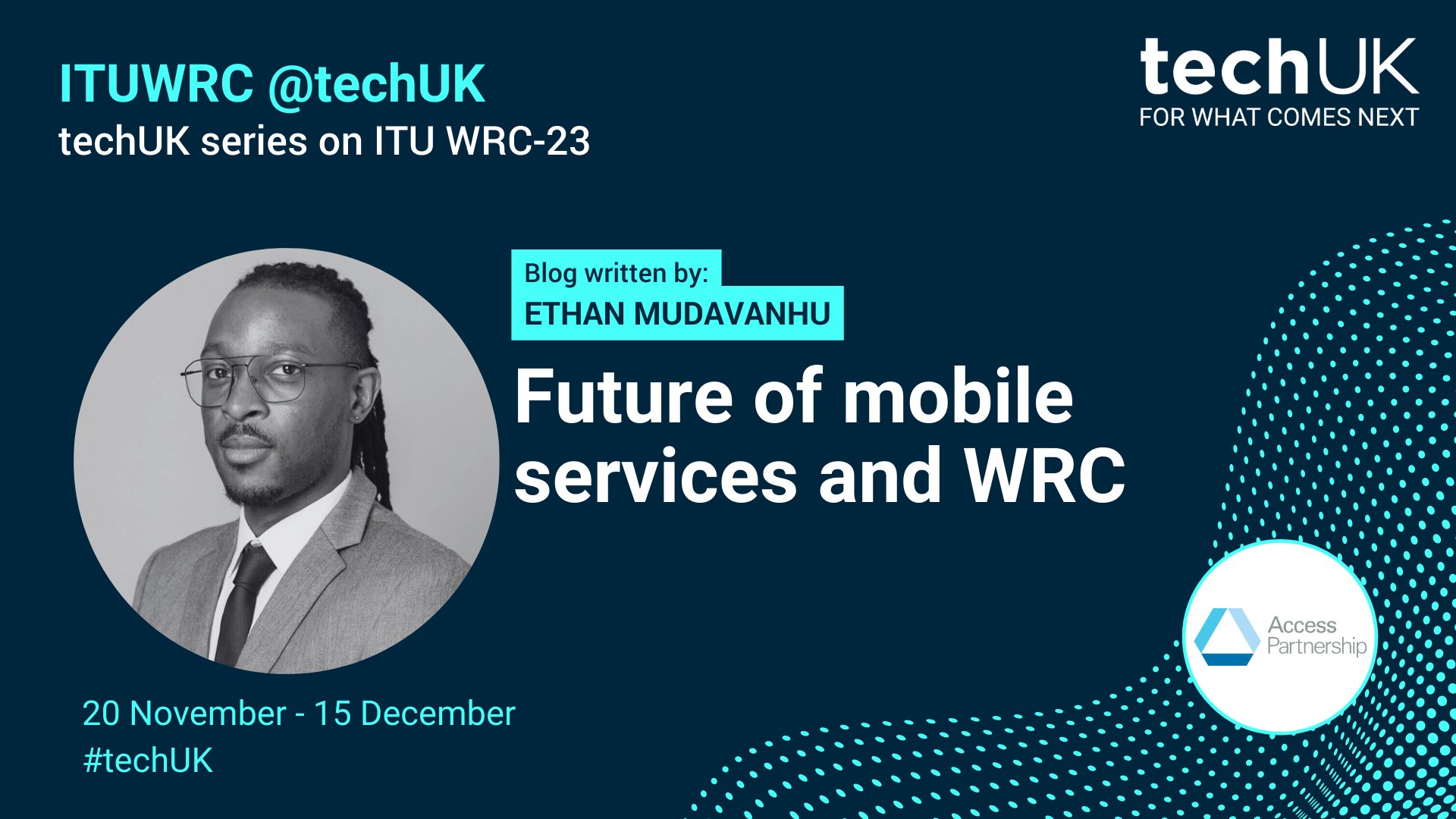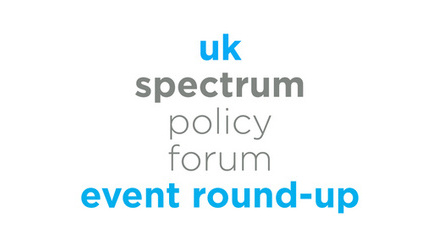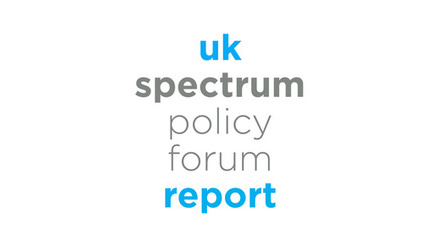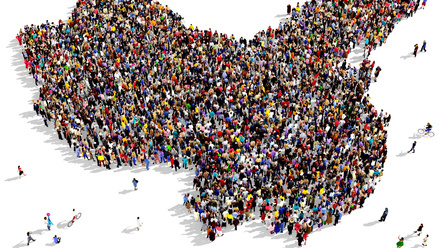WRC Series: Connecting the unconnected - increasing territorial coverage with direct-to-device services

The corridors of the ongoing World Radiocommunication Conference (WRC) abound with discussions over efficient spectrum management, universal accessibility, and harmonious coexistence of different networks and technologies.
This is mostly because of disruptive changes in satellite communications that have caused a paradigm shift in conventional ideas of connectivity and coverage. Until recently, connecting with satellites required bulky equipment and extensive antennas. These are known as mobile satellite services (MSS). Thanks to recent advancements, both terminal devices and satellites have undergone a significant transformation, becoming smaller, lighter, and more affordable.
This new paradigm merges two previously distinct communication realms, uniting the capabilities of satellite phones with the user-friendly features of modern smartphones. This has paved the way for the emergence of the Direct-to-Device (D2D) market.
WRC-23 has the critical role of deciding whether the 2023-2027 study cycle should prioritise an agenda item allowing MSS operators to further connect smartphone users while outside terrestrial coverage. It can do so by passing a future agenda item regarding studies for additional bandwidth on the MSS in technically appropriate frequency bands. Current discussions indicate the conference is focusing on spectrum below 3 GHz.
It is vital that the UK plays its part in shaping these discussions, not only in international fora but also through local multistakeholder action. Policy and regulation play a critical role in ensuring timely disaster responses, expedited licensing for emergency communications, and partnerships with private network operators.
The road ahead promises transformative developments. The UK must be prepared to embrace the opportunities D2D brings.
Navigating a Changing Climate with D2D
D2D can increase the social and public benefits of communication networks, including robust disaster preparedness and a resilient response to the changing climate landscape. The UK has been grappling with an uptick in the frequency of disasters, while extreme weather events not only result in the loss of human lives but cumulative damage exceeding £1.1 billion per year.1
The emergence of D2D services to expand coverage has the potential to transform the approaches of emergency responders and governments to disaster risk reduction and management. The initial service phase has been dominated by the provision of limited D2D services, with a focus on emergency messaging.
As such, the benefits of D2D services are not limited to reaching areas that are otherwise difficult or impossible to reach through traditional networks. However, they are also crucial in providing backup connectivity following natural disasters where terrestrial communication infrastructure is unavailable.
Analysis by Access Partnership estimates that under a “business-as-usual” scenario, the global cost of natural disasters could reach around £254 million per year from 2023 onwards, constituting infrastructure damage, loss of life, and morbidity. However, improvements to communication systems facilitated by D2D services could reduce the impact of natural disasters by up to 38%, mitigating around £95 million worth of economic impact per year from 2023.2
Beyond Disasters: Economic Impact
D2D is not just about disasters of course; it is about connecting the unconnected. As of 2023, approximately 5% of UK residents and nearly a quarter of the world's population lack access to modern communications.3 Therefore, the broader goal of promoting widespread connectivity through D2D also aligns with bridging the communication gap.
While the investment required for D2D infrastructure is substantial, its potential economic impact justifies this endeavour. A 2018 study covering 139 economies by the International Telecommunication Union (ITU), revealed that every percentage point increase in mobile broadband penetration contributes to a 0.15% increase in GDP.4 By that measure, connecting the over three million individuals currently without effective Internet access can inject billions into the UK’s GDP through various cost savings and productivity improvements.
The WRC is a complicated environment where technology forecasts and social benefits mingle. UN member states negotiate and decide, but the private sector has a significant stake in decisions. Enabling a technology through a UN process is a long and arduous road, and D2D arrived before the regulatory actions, with already limited applications already implemented around the world. The private sector, driven by competition and user demand, might further develop the technology to drive a patchwork of regulations. In two weeks, we will see how the fate of this technology will be shaped.
The outcomes from WRC-23 and prospectus for WRC-27 will be a key topic for the flagship UK SPF Future Spectrum Summit. Be part of the conversation and register here.
To find out more about our WRC 2023 Series, click here. If you would like to contribute, please reach out to [email protected].





